
Recently, BD posted a response to a Newsarama article in which Dan Slott was rated as the third best Spider-Man writer under the title “Where Does Dan Slott Rank In Your Top Ten Spider-Man writers?” The same article had a interesting choice for the #2 writer: Steve Ditko. He is widely considered one of the best and most important Spider-Man artists—not just because he’s first but because of the quality of his work—but there are some questions about how to categorize him as a writer.
Some would argue that Steve Ditko shouldn’t be ranked as a Spider-Man writer because he didn’t have any solo work. Stan Lee wrote the dialogue, and came up with many of the concepts and characters, so one could think Ditko’s contribution is just in the art. However, Ditko’s role went beyond illustrating Stan Lee’s script.
The main reason Stan Lee was able to write so many titles (in the final month of his collaboration with Steve Ditko, he was credited with writing The Fantastic Four, Daredevil, The Avengers, the adventures of Dr. Strange in Strange Tales, the adventures of Namor and the Hulk in Tales to Astonish, the adventures of Captain America and Iron Man in Tales of Suspense, and more) was the writing approach that came to be referred to as “The Marvel Style.” He would give the artist a rough outline, and then add the dialogue to it afterwards. This meant the artist was responsible for pacing, and action choreography, elements that are important to the story. Much of the analysis of comic book writing is about what happens and whether the dialogue was clever, but there is much more that goes into the final product that is overlooked.

There is an argument that Stan Lee’s other collaborators made significant contributions to the story beyond illustrating his scripts, so it’s unfair to bestow a special honor on Ditko and not on Romita Sr or Kane. While suggesting that another individual is undervalued isn’t an argument for failing to credit another, Ditko did go further than the typical collaborator, coming up with the majority of the story in his final year, with Lee adding the dialogue. As Stan Lee said in an interview for the book Comics Creators on Spider-Man, “After a while Steve didn’t even bother to discuss the Spider-Man stories with me. He plotted them all by himself, and I just wrote the dialogue and copy.”
Ditko’s contributions to the story were credited during his last year on Amazing Spider-Man. In Amazing Spider-Man #25, Stan Lee was listed in the credits as the scripter, while Ditko was “Dazzling drawings by…” However, the openly splash page mentions “Sturdy Steve Ditko dreamed up the plot of this tantalizing tale.” In the next issue, Lee is credited for his stealthy script while Ditko is credited for painstakingly plotting and drawing. In later issues, Lee is credited for “writing and editing” while Ditko is “plotting and drawing.”
Writing for Newsarama, George Marston argued why Ditko’s one of the best Spider-Man writers.
It may seem strange to credit the artist that co-created Spider-Man as one of the character’s most important writers as well, given Stan Lee takes that sole credit for their partnership, but Steve Ditko’s contributions to the mythos and story of Spider-Man seem to qualify him for the distinction.
There’s plenty of contention about who did what when it came to Lee and Ditko’s Amazing Spider-Man (especially between the creators themselves), but there’s little question that Ditko, working in the Marvel method, plotted or co-plotted dozens of Spider-Man stories, and that he was responsible for introducing many of Spider-Man’s most iconic villains.
In the New York Times obituary, Andy Webster detailed how the comics featured Ditko’s unique voice.
Mr. Ditko, who focused less on fight scenes and more on Peter Parker’s psyche, had broad license with plotting and drawing “The Amazing Spider-Man.” Many fans regard Issues 31, 32 and 33 — which climax with the superhero, after reviewing his life, triumphantly upending heavy machinery that has pinned him — as a Ditko peak.
Mr. Ditko’s conception of the series had been shifting, increasingly influenced by Ayn Rand’s libertarian philosophy. Spider-Man’s villain the Looter was named after Rand’s term for those leeching from the creative elite, phrases like “equal value trade” crept into Parker’s words, and he voiced resentment toward student protesters. (Mr. Lee, in speaking engagements on college campuses, found himself in the awkward position of having to explain to irate young audiences that such a stance was Mr. Ditko’s, not his own.)
Brian Cronin of Comic Book Resources had a different way of handling the question than crediting Ditko as a writer. He listed the duo of Stan Lee and Steve Ditko as a separate writer from Stan Lee. He noted Ditko’s contributions to the character’s attitude, and the way it mixed with Stan Lee’s script.
But simply naming characters that they created is only getting a surface look at what Ditko and Lee did to comics with Spider-Man. Lee had already done the whole “Superheroes with real life problems” idea in Fantastic Four, but Ditko and Lee took it to a whole other level with Spider-Man. As I noted in Lee’s entry above, when there was a happy ending in an issue of Spider-Man, it was a shocker! And yet, even as Peter Parker went through personal trauma after personal trauma after personal trauma, it never made the book feel like it was just a sludge. That is in part because of Lee’s scripting, which always tempered Ditko’s plots with a certain devil-may-care attitude that, hey, as bad as things are, you gotta keep going.
The combination of Ditko’s compelling plots and Lee’s snappy dialogue made this pair a dream team that we will likely never see again, a pairing where each man needed the other for the book to be as transcendentally popular as it became.
Since John Romita has penciled the vast majority of Stan Lee’s post-Steve Ditko Spider-Man comic books, you could easily make a case that this could be a Stan Lee/John Romita joint credit, since eventually Romita took a much more involved role in plotting the title. Heck, Romita himself has noted that he could have easily gotten a co-plotter credit if he had asked for one. However, one of the reasons Romita has given for NOT asking for one is that it never got to the point where Romita would be coming up with the plots for the issues without consulting with Lee the way Ditko eventually did in the Ditko/Lee issues of Amazing Spider-Man. Lee always gave Romita SOME sort of plot, even if said plot likely became vaguer and vaguer the more that the two men worked together. Romita never had the control over the stories that Ditko had. So that’s why this listing is for Stan Lee by himself. If you want to think of it as Stan Lee/John Romita, though, fair enough.
In a series of mid-2000s essays entitled “A Mini-History,” Ditko said his Spider-Man plot contributions were what led to the comic’s unusual focus on the struggles of its hero as a put-upon teen. The resulting character was unlike any other in the superhero corpus: an awkward, despairing, and oft-seething teenager who struggled through life both in and out of costume, but managed to banter his way through the darkness and always triumphed in the end. He was a kid who saw his powers as a burden and only assumed a heroic mantle after tragedy forced him to reevaluate his life choices, but who leapt and swung along the rooftops with acrobatic aplomb. It’s hard to imagine either Lee or Ditko coming up with such a contradictory and revolutionary character on their own.
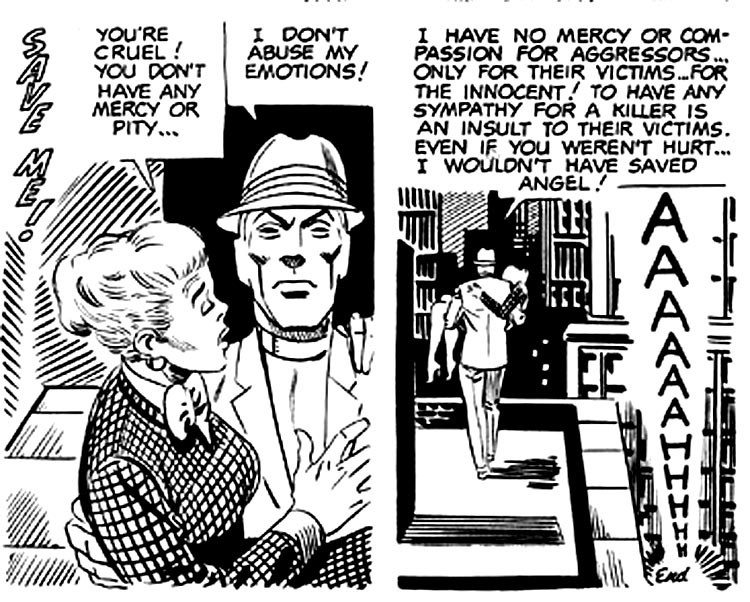


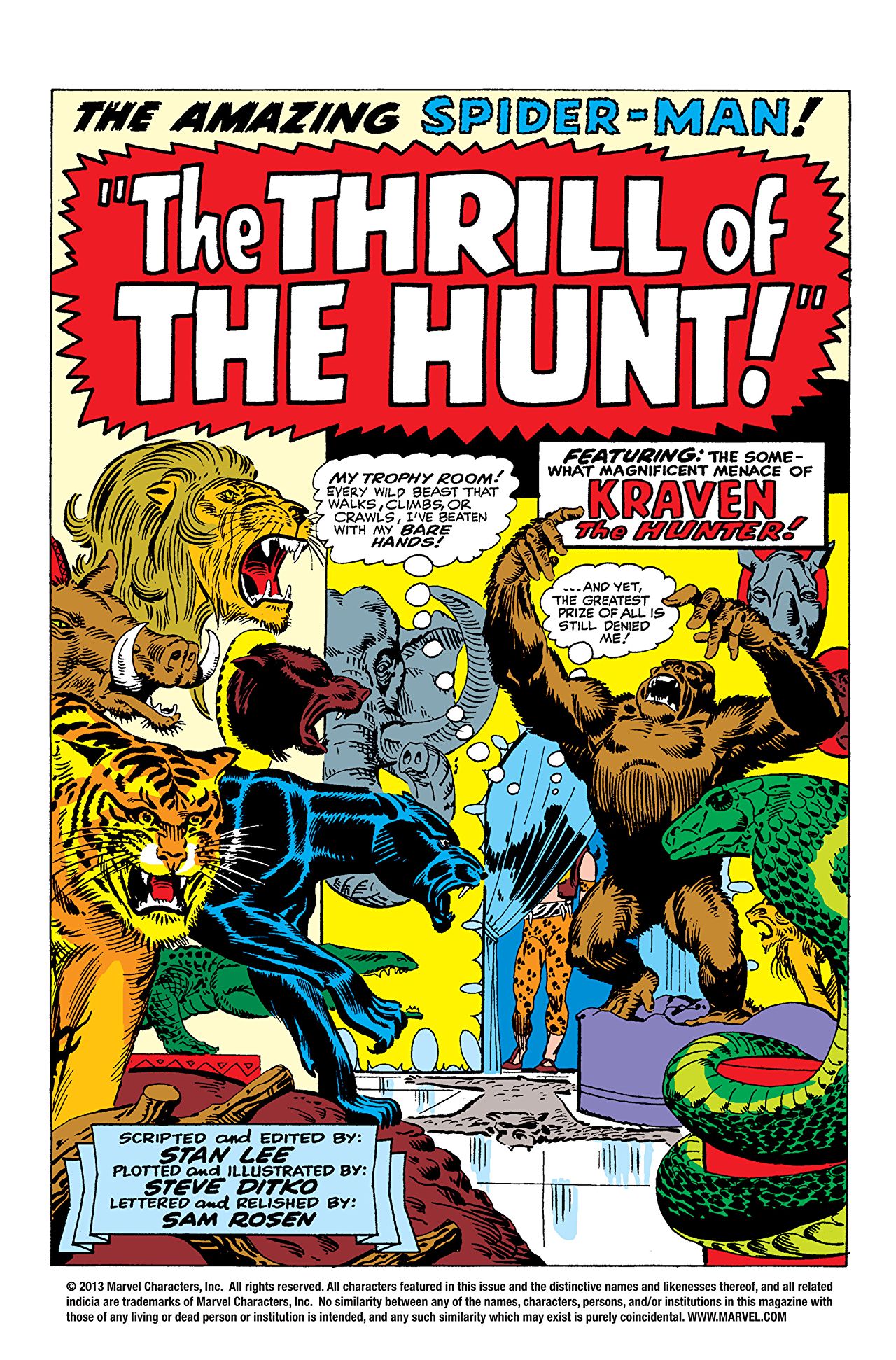
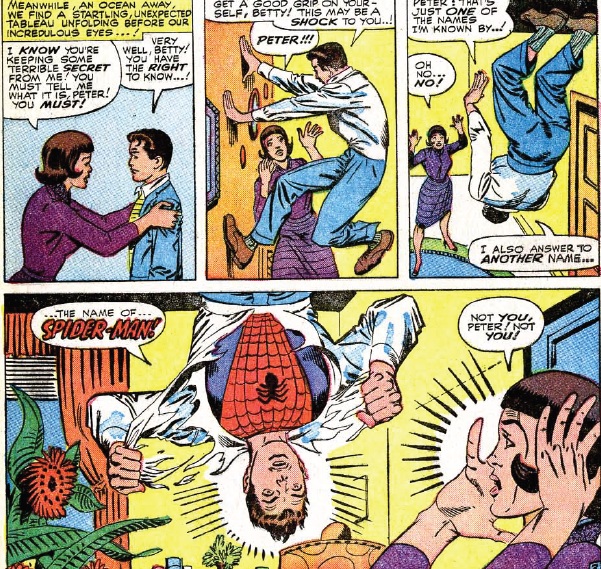

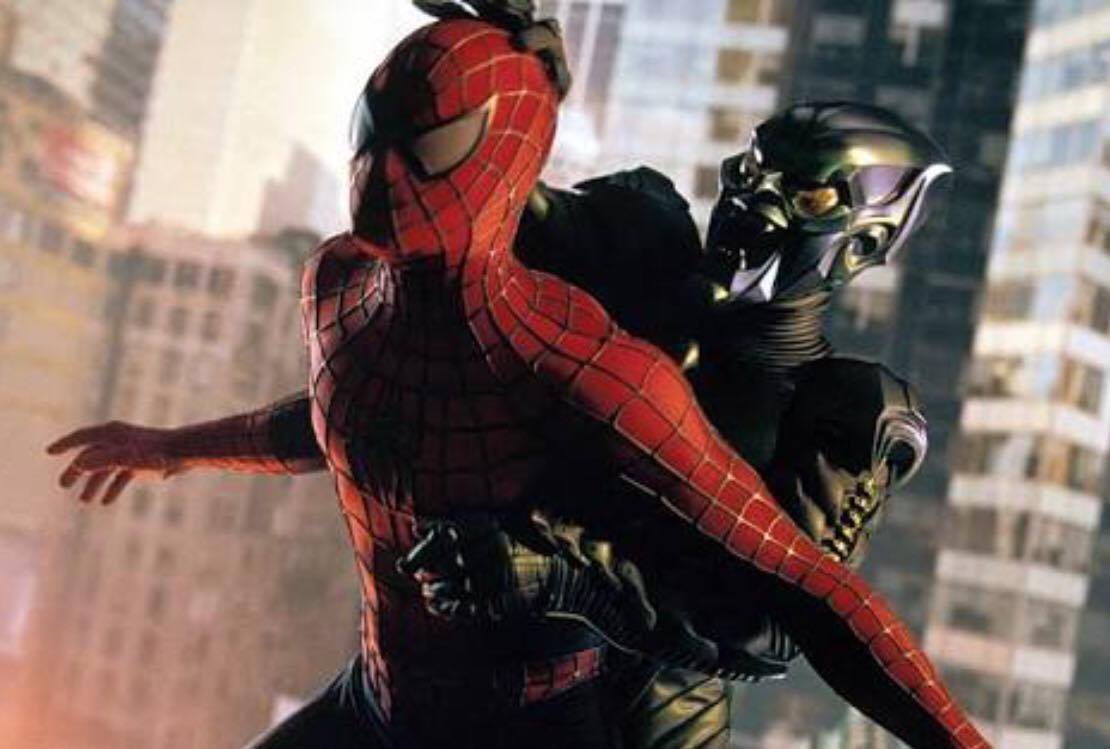
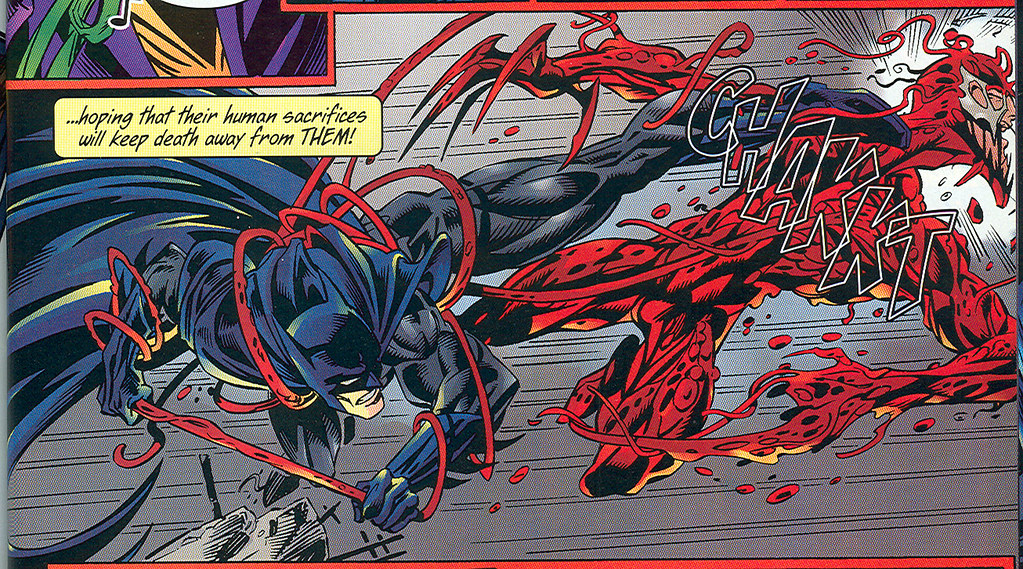





Hi there, great article- I was just wondering if you have any idea how to access/find Steve Ditko’s “Mini-History” essays from the early 2000s? I cannot find them anywhere!
It would be quite a lesson to actually listen to writing/plotting duos such as Mark Waid & Tom Peyer, Dan Abnett & Andy Lanning, Geoff Johns & David Goyer and even Christos Gage himself with Slott and so many others to learn about how such dynamics can work when two people are in control of the story.
And given the sources here presented – even from others like “Strange and Stranger – The World of Steve Ditko”, it’s a fact that Ditko himself, just like Kirby, was a genius not only in his visual craft, but also from the story and plot concepts: it was his the idea to show the bad side of being a Superhero; Spider-Man broke new ground in the medium not only due to its visual style but also from its concept.
This concept became the template which is used to this very day; and this is not a bad thing. Batman and Superman keep adapting themselves to their readerships and trends, but with Spider-Man – his concept remains untarnished.
It’s because of Steve Ditko that Spider-Man is what he still is and will always remain in the superhero comic realm. He may not have put the words in the character’s mouth, but he crafted the storylines in which defined the heart and soul of Peter Parker.
Long live Spider-Man; and thank you, Steve Ditko.